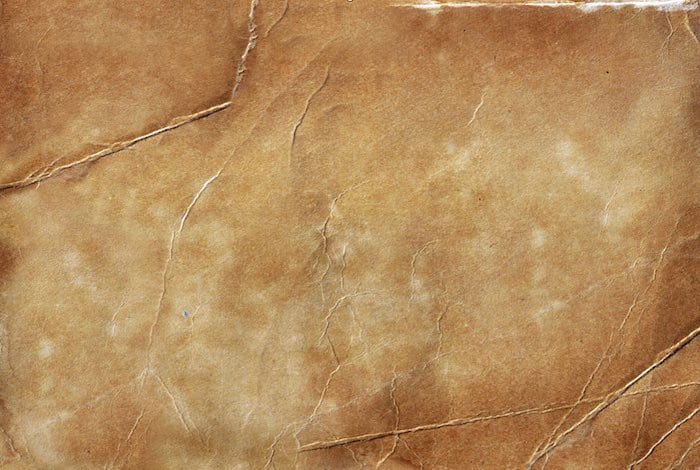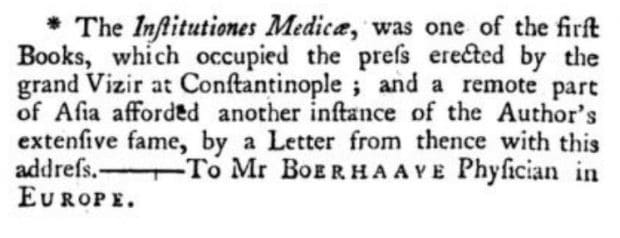Hermann Boerhaave
Hermann Boerhaave (1668 – 1738) was a Dutch physician, chemist, botanist and Christian humanist.
Boerhaave introduced the quantitative approach into medicine. He demonstrated relation of ‘symptoms to lesions‘; extracted urea from urine and applied thermometer measurements to clinical practice
He is credited with founding the modern system of teaching medical students at the patient’s bedside.
Eponymously affiliated with Boerhaave syndrome following his 1724 description of the death of Baron Jan von Wassenaer, Grand Admiral of the Dutch Fleet.
Simplex sigillum veri ‘Simplicity is the sign of truth‘
Biography
- Born 31 December 1668 Voorhout, Dutch Republic. Son of James Boerhaave, minister of Voorhout
- 1690 – Graduated in Philosophy, University of Leiden. Studied scriptures in their original languages, intent on entering the ministry
- However, his ‘propension to the study of physick grew too violent to be resisted; and, though he still intended to make divinity the great employment of his life, he could not deny himself the satisfaction of spending some time upon the medical writers, for the perusal of which he was so well qualified by his acquaintance with the mathematicks and philosophy‘
- 1693 – Doctorate in medicine academy at Harderwijk – Thesis – ‘de utilitate explorandorum excrementorum in ægris, ut signorum.‘
On returning to Leyden, full of his pious design of undertaking the ministry, he found, to his surprise, unexpected obstacles thrown in his way, and an insinuation dispersed through the university, that made him suspected, not of any slight deviation from received opinions, not of any pertinacious adherence to his own notions in doubtful and disputable matters, but of no less than Spinosism, or, in plainer terms, of atheism itself…He, therefore, applied himself to his medical studies with new ardour and alacrity
- 1710 – Professor of botany, medicine, practical medicine and chemistry. at the University of Leiden…and rector of the university
- 1714 – Physician of St. Augustin’s hospital in Leiden
- 1722 – Illness (gout): ‘he was for five months confined to his bed, where he lay upon his back without daring to attempt the least motion, because any effort renewed his torments, which were so exquisite, that he was, at length, not only deprived of motion but of sense‘
- 1723 – Recovery: ‘His recovery, so much desired, and so unexpected, was celebrated on Jan. 11, 1723, when he opened his school again, with general joy and publick illuminations.‘
- 1730 – Fellow of the Royal Society
- Died 23 September 1738
**Italicised biography: Samuel Johnson. The Gentleman’s Magazine. 1739
Medical Eponyms
Boerhaave syndrome (1724)
Spontaneous oesophageal rupture resulting from sudden increased intra-oesophageal pressure. Most commonly associated with emesis with incomplete cricopharyngeal relaxation.
- Boerhaave H. Atrocis, nec descripti prius, morbi historia. 1724 [English translation: History of a grievious disease not previously described. Derbes VJ, Mitchell RE Jr 1955]
Controversies
Legend has it that some letters Boerhaave received bore no address and were simply mailed ‘To the Greatest Physician in the World‘. The most specific evidence to date was recorded by Burton, in his 1743 biography, ‘…a remote part of Asia afforded another instance of [Boerhaave’s] extensive fame, by a Letter from thence with this address – To Mr Boerhaave, Physician in EUROPE‘
Major Publications
- Boerhaave H. Atrocis, nec descripti prius, morbi historia. 1724 [English translation: History of a grievious disease not previously described. Derbes VJ, Mitchell RE Jr 1955]
- Boerhaave H. Institutiones medicæ: in usus annuæ exercitationis domesticos. Apud Johannem vanderLinden. 1708
- Boerhaave H. Boerhaave’s Aphorisms: Concerning the Knowledge and Cure of Diseases. [English translation]. 1715.
- Boerhaave H. Sermo academicus, De comparando certo in physicis [Academic discourse, comparing the particular physics]. 1715
- Boerhaave H. Sermo academicus de chemia suos errores expurgante [Academic discourse about the chemistry purging their errors]. Sumptibus Petri Vander Aa. 1718.
References
- Memorialia Herman Boerhaave optimi medici. 1939. Haarlem : Bohn
- Johnson S. Herman Boerhaave. The Gentleman’s Magazine. 1739
- Derbes VJ, Mitchell RE Jr. Hermann Boerhaave’s Atrocis, nec descripti prius, morbi historia, the first translation of the classic case report of rupture of the esophagus, with annotations. Bull Med Libr Assoc. 1955; 43(2): 217-240
- Fresquet JL. Hermann Boerhaave (1668-1738) Historia de la Medicina.
- Burton W. An account of the life and writings of Herman Boerhaave. Doctor of Philosophy and Medicine; Professor of the Theory, and Practice of Physic; and also of Botany and Chemistry in the University of Leyden; President of the Chirurgical College in that City; Fellow of the Royal Society in London, and of the Royal Academy at Paris. In two parts, with an appendix. Henry Lintot. 1743.

eponym
the person behind the name


